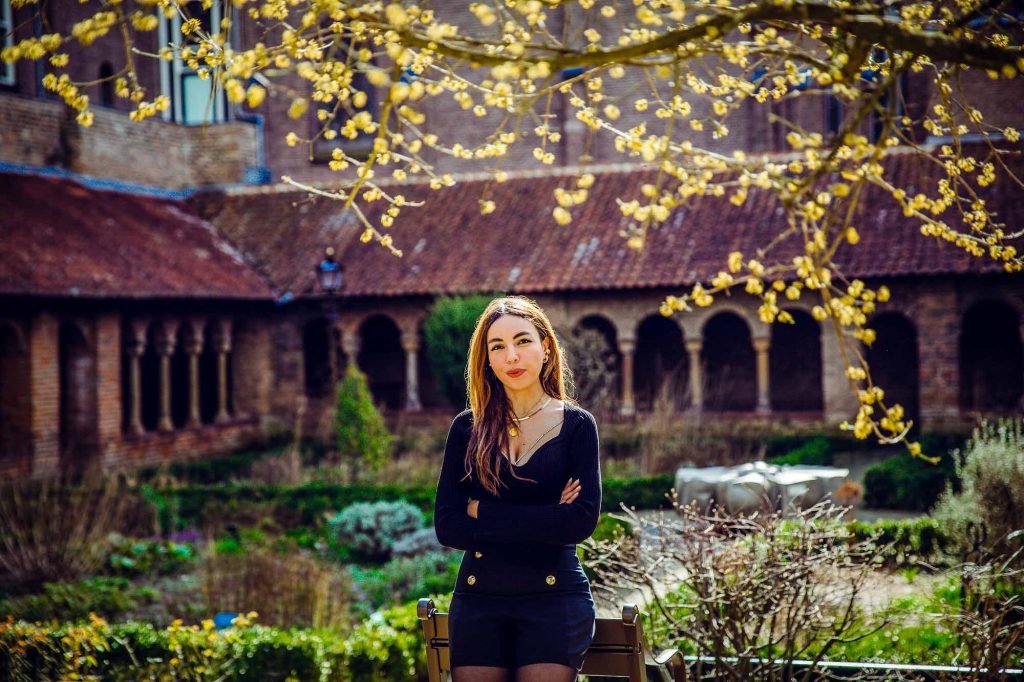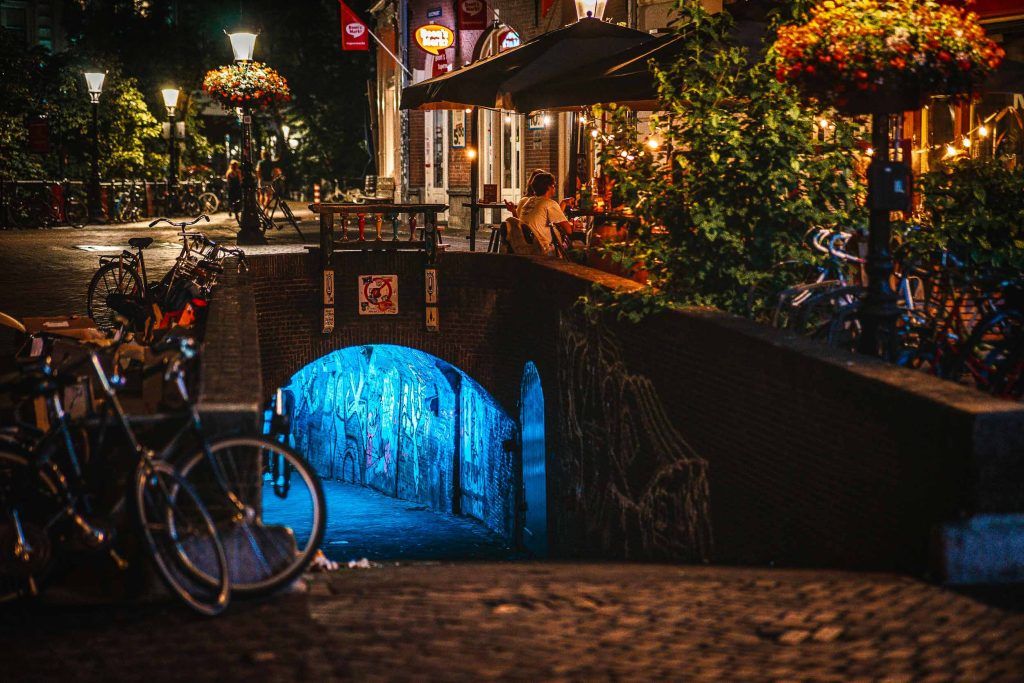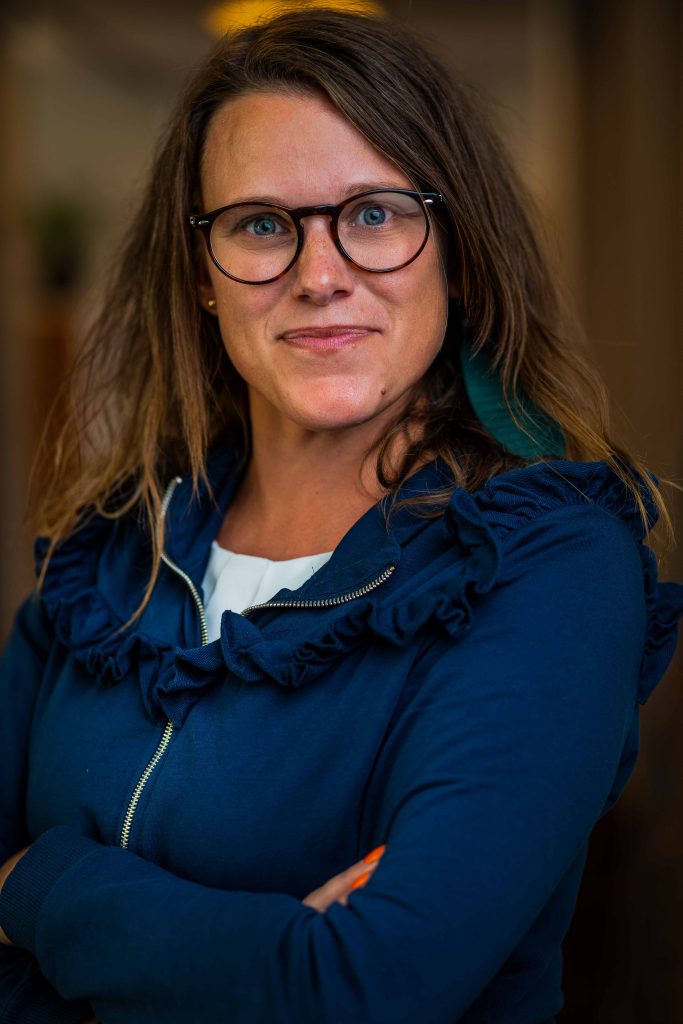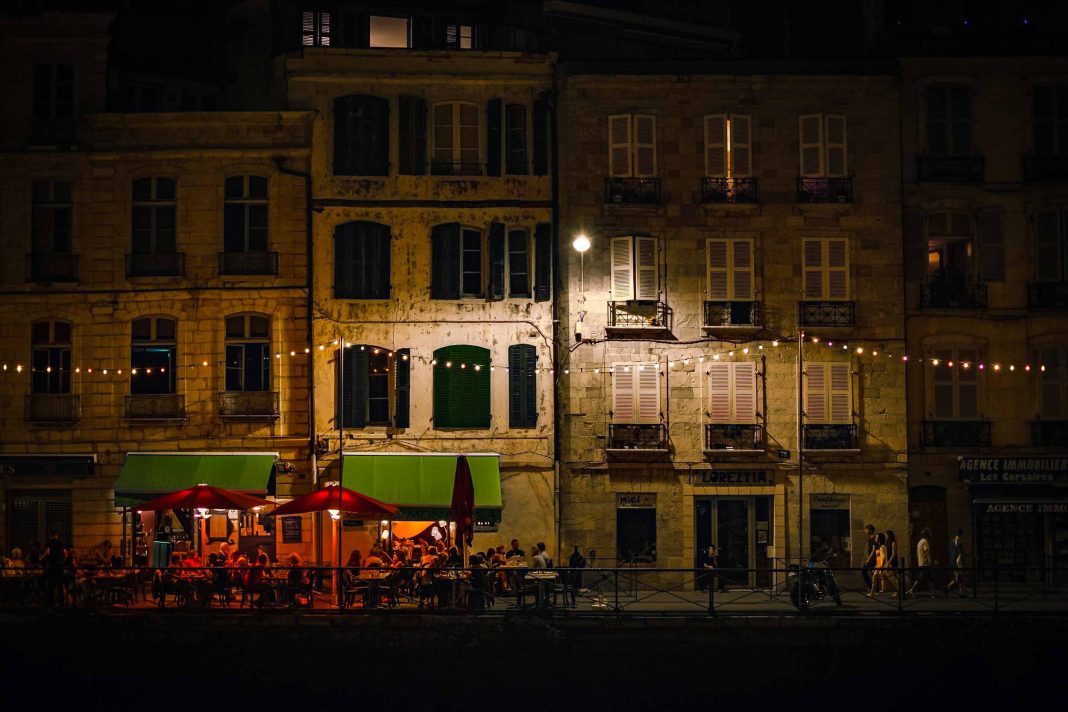If the design of urban spaces does not make us feel safe, it limits how we move around, engage with, and enjoy the city. This impacts women disproportionately, and even spaces that seem welcoming in daylight can feel menacing after dark. We investigate the link between urban design and feelings of vulnerability and learn how cities plan street capital that makes everyone comfortable at any time of day.
Many of us are familiar with the idea that modern cities are the product of male design – a result of longstanding homogenous voices in positions of power.
This singular perspective has led to gendered microaggressions being built into the very fabric of cities. In other words, infrastructure takes forms that heighten women’s concerns for their safety, creating a barrier to freely moving around a city and therefore access to urban facilities.
Choke points include insufficient street lighting, poor signage, obscured line of sight, isolated spaces, long waits caused by infrequent public transport, and creepy, dark underpasses.
The way these features of urban landscaping make women – half the population – and gender minorities feel is a decisive factor in how, when, and even if they navigate the city.
Understanding the Gendered Design
Clearly, urban design needs a review.
Gender mainstreaming offers a remedy and pathway to feminist cities: places packed with designs that include, benefit, empower, and meet the needs of all citizens – not only women.
But implementing such designs requires us first to understand how we’re currently building spaces that invite gendered violence.
Safety: A Gendered Concern
Architect Nourhan Bassam is the founder of Gaming X, “a placemaking activation organisation” based in the Netherlands. She’s also the mastermind behind The Gendered City, and the FEM.DESign network; the latter being a collective of more than 250 international urbanists collectively working on research, advocacy, support, and “feminist design tools”, pushing for a global shift to gender-equal cities at a systemic level.
“It’s easier when you’re surrounded by people doing the same work you do,” she explains.
In her book, also called The Gendered City, Nourhan Bassam has pulled together multiple first-hand accounts of how cities keep failing women. She investigates many concepts that resulted from our gendered cities such as the Green Gap, Step Gap, and the Line Gap.
Adopting an intersectional lens, Nourhan’s research details how lone females feel intimidated and threatened, and of the harassment and unwanted attention that women around the world frequently encounter: obscene comments, following, non-consensual touching, catcalling, and physical and sexual assault, etc.
Even when no harassment occurs, urban landscaping can exacerbate a sense of vulnerability, unfairly tarnishing women’s experiences of the city with anxiety, shame, and fear.
Complicating matters further, the impact of our surroundings is not static; it changes with the time of day.

The Urban Night
The cover of darkness grants would-be perpetrators anonymity, and so fears for safety intensify at night.
This prompted Nourhan to begin Women After Dark (WAD): a research initiative by The Gendered City that taps into how women use cities differently at nighttime and what impact the dark hours have on their mental wellbeing, as well as economic and body autonomy.
Around 70 percent of the women we asked felt unsafe walking alone after dark, compared to 14 percent of men.
Nourhan Bassam
Although her primary research was conducted in Milan, Amsterdam, Paris, and Rotterdam, women’s experiences are similar in cities the world over.
Menace of Mobility
Women are more likely than men to rely on soft and public modes of transport because they make up a higher proportion of the urban poor. Being in shared spaces makes them susceptible to attack, compared to locked cars, for example.
In The Gendered City, Nourhan references surveys in France where almost 100% of women told of harassment on the metro system. In Mexico City it affected 65% of women taking public transport; in Beijing, China, it clocked in at 70% – with 58% of incidents occurring on busses.
At night, with fewer people around, travel becomes a greater risk, with tangible ramifications.
“It exacerbates economic disparities and the gender pay gap because women maybe wouldn’t take night shifts or certain jobs that require staying up late and using transportation at night,” Nourhan explains.
Arranging night walks, as recommended by the SafeCity project, offers night workers the chance to stroll home safely in groups.
Or, Nourhan says, if they can afford it, women will take a taxi or a service like Uber, paying just to feel safe – which, let’s remember, is a basic human need.
But female-only cabs driven by women – like those in Mumbai – do seem to increase safety; especially as the drivers are martial arts and first aid trained.
The Toilet Toll
Public lavatories are a common concern. Nourhan has written of Townships in South Africa where a lack of indoor plumbing forces women and girls out into dark, narrow alleys to reach communal latrines. This makes them exceptionally vulnerable to nighttime gender-based violence. Some never return.
Good lighting and separate stalls with individual locks can help, but even such simple solutions are generally overlooked, because men – the designers – don’t endure the same experiences.
No Park After Dark
Green spaces, too, are a problem.
One of Nourhan’s preferred places to exercise is in Milan’s Parco Sempione. But, half the time, it’s off limits.
“When the winter comes and days are shorter and I finish work, it’s nighttime; I cannot go there anymore.”
Under the shroud of darkness, leafy green spaces loved by day can feel oppressive and unwelcoming. Trees and low light impair visibility and, like many urban spaces, structures that could obscure perpetrators make being there alone too risky.
Instead, for her night exercise, Nourhan subscribes to a gym, choosing to pay in exchange for the sense of personal security. There’s a theme emerging here; like the pink tax – where women pay more for sanitary and other essential products – women seem subjected to a ‘safety tax’ that men escape.
Costs of Urban Gender Gaps
The ever-present fear of harassment or attack is exacerbated by design and the dark. And it’s exhausting!
A well-known study using heat maps compares the focus of male and female pedestrians as they walk the city at night. Men look straight ahead, while women are hyper-aware of their surroundings.
Nourhan says how mentally “taxing” it is to be so vigilant. Like many, she constantly looks over her shoulder as she navigates the darkness.
“A lot of my male friends never thought of it,” Nourhan admits, emphasising gender disparities. “This is why urban storytelling and putting these testimonies out there is necessary. These experiences are really exclusive to women and other marginalised groups.”

And the one security detail that planners do usually include – CCTV – doesn’t curb those fears.
“That camera will do nothing, just document what’s happening,” our CityChanger explains. “Surveillance would only help after the incident, for reporting, but I don’t want the situation to happen in the first place.”
Mental Maps
So women rely on what Nourhan calls ‘mental maps’: plotting routes deemed to be safer.
For the most part, they will stick to lively places and streets overlooked by residential windows. The presence of other people provides ‘eyes on the ground’, thought to prevent situations of harm.
That’s why mental maps will often not include mono-functional spaces, like markets, which – outside of peak times – tend to be empty.
“I will definitely take a longer route where I know that there will be a bar open and there are people in the street; it’s more active, so it’s not as dark.”
Mental maps are the basis for apps like Safetipin and Your Way Home, which ease significant cognitive exertion by plotting women’s collective knowledge on an accessible digital interface.

Community Commitments to Gender Equality
A city which seems to get it right, Nourhan tells us, is Seville, in Spain.
A thriving nighttime economy helps her feel safe out in public, even at 4am. Part culture, part city policy, it’s thanks to al fresco dining, bars staying open late, and groups of friends – female and male – talking, smoking, and drinking in the street.
“It was really laid back; I didn’t feel any gaze, I wasn’t followed, and never at any point was I stressed.”
That’s the goal: creating cities that thrive by being inclusive at any time of day.
Umeå, Sweden, has also made significant inroads towards being a safer city.
As the city’s Gender Equality Officer, Linda Gustafsson is responsible for helping those with a grasp on power learn how to use it to create change.
“It’s about understanding power structures and understanding what people and certain groups are made victims of,” she explains.
But, Linda adds, “Feeling safe is too low of an ambition.”
Rather, she aims to make Umeå “a place where people want to live and spend their time and live their lives”.
Feminist Spaces Are Purposeful & Enjoyable

So we shouldn’t settle for the design of, for example, bus stops being well-lit and in busy streets. Linda suggests that real gender inclusive public transport would run so frequently that it allows passengers to choose exactly when they travel – as often as every few minutes.
Maybe that’s wishful thinking at this stage. At least the Frizon development in Årstidernas Park meets Linda’s optimistic outlook.
Frizon is a purpose-built social space, which offers seating ergonomically suited to the height of teenage girls rather than the default adult male, and long, clear lines of sight that have designed-out the chance for any nasty surprises.
Just as important, it’s a space that young women feel safe – and happy – to just hang out, encouraged also by the on-site speakers where they can play music directly from a smartphone.
LEV and Let Live
But Umeå’s 130m-long LEV tunnel is a triumph in feminist design.
Underpasses are classic offenders for making us feel unsafe. Women feel tense walking through them; they will pick up speed, and remove their headphones as to be vigilant of telltale signs of danger.
“Maybe it’s quite narrow, and it’s dark, and maybe you enter the tunnel going downstairs and you’re all alone,” Linda explains. “There might be a hidden space and you don’t know who you’re going to meet when you go around the corner.”
But LEV sets a new precedent for making even these spaces an enjoyable experience.
With its broad pedestrian walkways and shallow gradient, wheelchairs and pushchairs can easily use the space. A separate bike lane invites additional ‘eyes on the ground’.
“When you enter, you see all the way to the other side,” Linda explains. There are no pillars, and the space is long and wide, and “the lighting resembles daylight”.
Both entrances are long curves, meaning that from start to finish, the tunnel offers clear visibility, even at night. There are no nooks to hide potential assailants, but side entrances allow for a quick exit if necessary. A neon sign illuminates at night, telling us it’s a fun, frequented space, like a bar.
“Most important, I would say, the entire tunnel is covered in glass artwork.”
Adorning the walls are quotes from Swedish writer Sara Lidman, embedded onto images resembling trees. As if a comforting companion for lone women moving through the space, “you can hear her voice and you can see her picture,” Linda points out.
People now take their time to slowly walk through the tunnel to read the walls and enjoy the artwork. LEV – Swedish for ‘live’ – seems apt. So, rather than settling merely for safer cities, let’s design places where everyone can really enjoy the city – wherever and whenever they chose.
- Chaney RA, Baer A, Tovar LI. Gender-Based Heat Map Images of Campus Walking Settings: A Reflection of Lived Experience. Violence Gend. 2024 Mar 1;11(1):35-42. doi: 10.1089/vio.2023.0027. Epub 2024 Mar 11. PMID: 38516062; PMCID: PMC10951437. ↩︎


